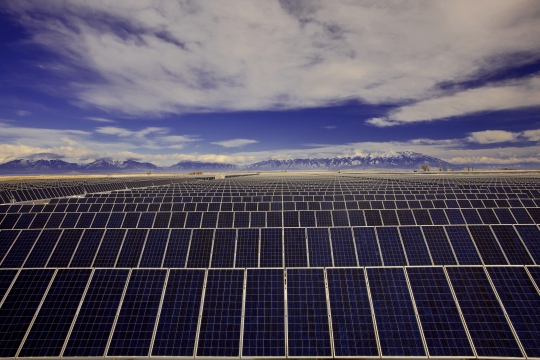Yesterday, Duke Energy announced that it will buy the full output of the country’s largest PV solar farm, to be built by Sun Edison in 2009, coming online in late 2010 (all modules complete by 2011). According to Duke, the plant will cover between 100-300 acres in an area that enjoys about 60 percent sunny or partly sunny days, and will produce about 16 MW, with a capacity factor of around 20 percent, which translates to around 27 GWh/year in 2011. Sun Edison will build, own, and operate the plant, so there will be no capital costs to Duke ratepayers. Overall it’s expected to raise rates by between $0.50 and $1.00 a year. Duke will also invest $100m over the next two years in distributed solar — rooftop panels on homes and businesses.
This is all neato of course, and Duke deserves limited kudos, but it’s worth keeping some perspective. Duke has close to 21,000 MW of nuclear, coal-fired, natural gas, and hydroelectric generation assets. Its nuke plants have around 90 percent capacity factor (that is, they are producing power 90 percent of the time), so with a capacity factor of 20 percent, you need 4.5 MW of solar PV to match the annual MWh of 1 MW of nuclear. (Thanks to Sean for these numbers.)
In short, this plant — the first appreciable solar added to Duke’s portfolio — is a very tiny drop in a very big bucket. It’s great PR for them, but pretty far from decisive evidence of a commitment to the social goals trumpeted in the press release.
(Note: From what I’ve heard Duke’s got about 4,000 MW of renewables planned, and they’re also moving aggressively on energy efficiency, so this plant doesn’t tell the whole story. Still, it shows just how long the road ahead is, and how inadequate our policy responses look in light of the latest science. See also: Amanda’s interview with Duke CEO Jim Rogers and my interview with Rogers.)

Photo courtesy of SunEdison and Zinn Photography

